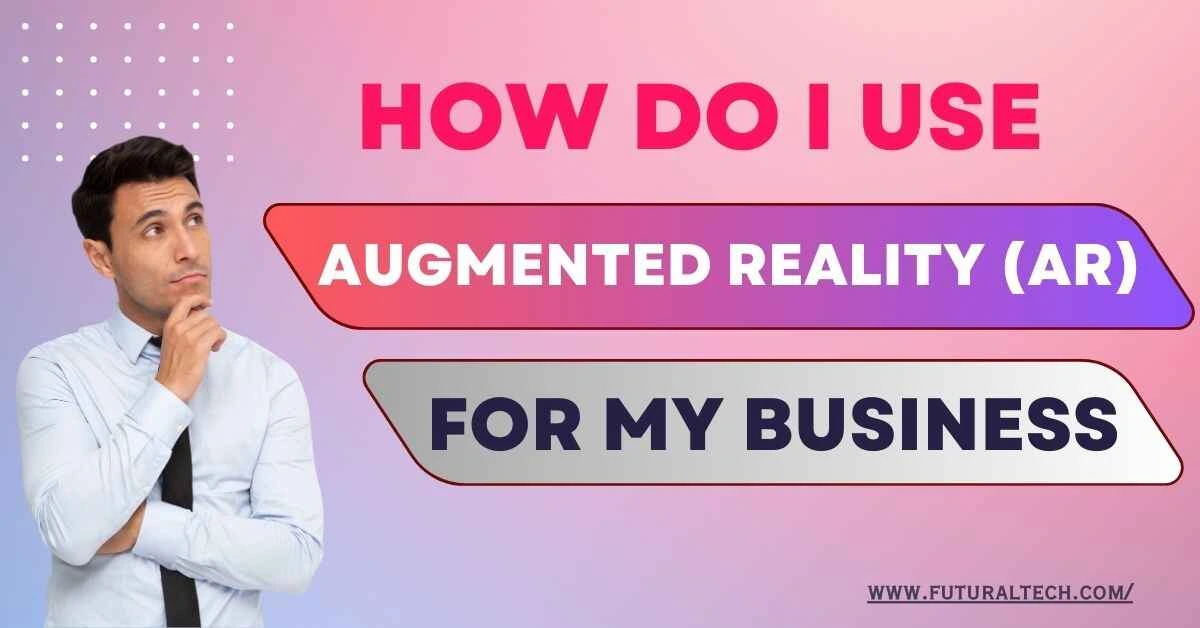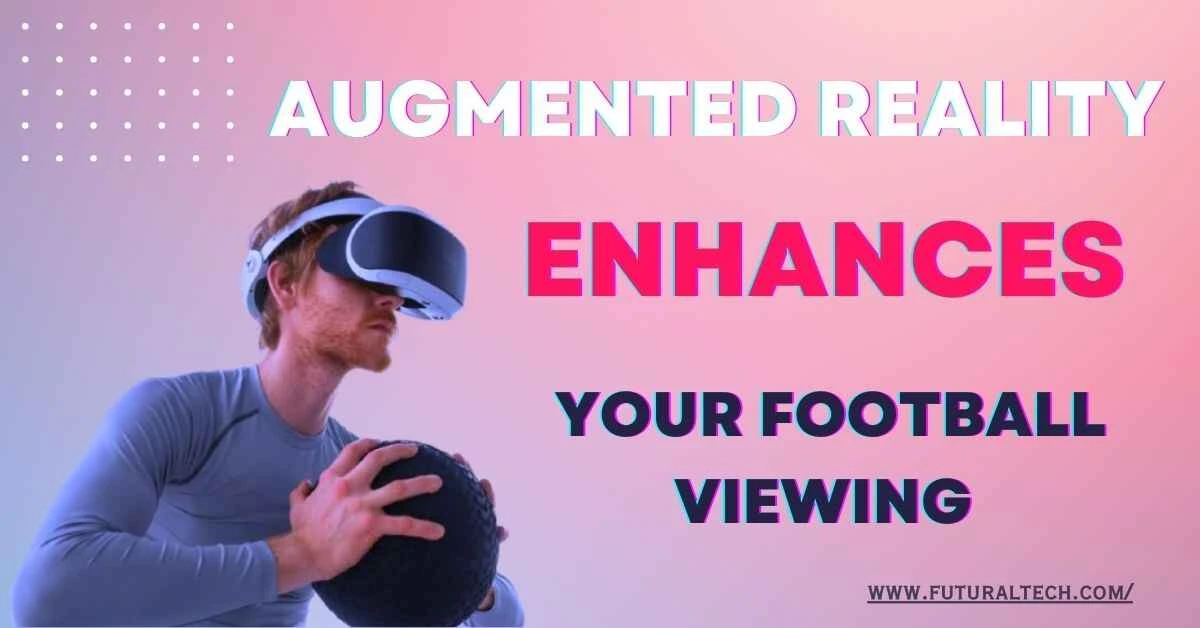How Do I Use AR for My Business?
By- Raj 24th-Oct-2024

No longer science fiction for the movies but a reality augmented into the life of businesses that are relating to their customers. Enriched shopping, enhanced employee training, and many more: how does one extract value from AR? Let's dive in. How Do I Use AR for My Business?
Getting Familiar with Augmented Reality (AR)
Defining AR
Augmented Reality combines the virtual elements with reality and is viewed, normally through a smartphone, tablet, or AR glasses. Unlike Virtual Reality (VR), where you are entirely immersed in a virtual environment, AR enhances the real world by overlaying digital images, animations, or information onto it.
AR vs. Virtual Reality (VR)
Although AR and VR share the aspect of immersion, their use cases differ. AR enhances what already exists, while VR takes you to a completely different virtual world. Businesses benefit more easily from AR because users do not have to invest in expensive headsets to experience it.
Advantages of AR for Businesses
Customer Engagement
AR gives interactive experiences that are capable of giving customers a memorable experience. For example, imagine when the furniture company allows the customer to see what the couch will look like in the living room before purchasing it. Such engagement tends to increase the confidence of the customer, and there is a higher chance of purchasing.
Better Product Visualization
It is through AR that businesses open up a world customers never thought could be possible when interacting with their products. From virtual try-ons in the fashion world to 3D models of products in e-commerce, AR makes shopping even more personalized and fun. How Do I Use AR for My Business?
Marketing Strategies Powered by AR
AR brings a new dimension to marketing. From static advertisements, businesses can produce dynamic campaigns where users can experience products from their own devices. For example, cosmetic firms can implement AR to allow customers to try on makeup virtually, which will engage more consumers than traditional advertising mediums.
How to Implement AR in Your Business
Identifying Your Business Needs
However, before diving into AR, think of what you want to achieve in your business. Are you looking to heighten customer experience, increase sales, or even train your employees? The application of AR should be in line with your objectives. How Do I Use AR for My Business?
Choosing the Right AR Tools and Platforms
Now that you have decided what you want to achieve, it is time to choose which AR tools will fit best. It may be a simple app for product visualization or an advanced AR training tool. There are many platforms providing AR capabilities to businesses.
Popular AR Platforms for Business
- Google ARCore: A strong app for Android
- Apple ARKit: A robust AR solution for iOS
- 8th Wall: The most popular web-based AR platform
AR in E-commerce
Virtual Try-Ons and Fitting Rooms
The fashion and beauty industries are the front-runners in AR innovation. Virtual try-ons allow customers to see how a piece of clothing or accessory would look on them without ever entering a store. This technology reduces returns and enhances the satisfaction of the customer. How Do I Use AR for My Business?
Better Product Personalization
Personalized products make the customers happy. With the application of AR, in real-time, a customer can personalize a product with adjustments to colors, sizes, and features prior to the purchase of a product.

AR in Retail and Customer Experience
Store Navigation with AR
In a brick-and-mortar store, AR might lead customers through the stores providing them with tailored recommendations to find products fast and easy.
Gamification for Customer Engagement
Retailers can develop engaging AR experiences that reward customers for interacting with a product or other features of the store, making shopping into a game.
AR in Training and Education
AR for Employee Training
For instance, in manufacturing, healthcare, and aviation, AR creates immersive training environments where the task is practiced in a virtual but very realistic setting, reducing the requirement for physical prototypes and accelerating learning in the process.
AR in Education
AR is the new face of learning. It adds fun and interaction to the education. Interactive AR models simplify complex subjects like science and mathematics; students grasp intricate concepts in a jiffy.
Case Studies: Companies That Are Putting AR to Good Use
- IKEA's Furniture AR App: One of the reasons IKEA's buying decision becomes much easier is because its app lets customers see how furniture will appear in the home.
- Sephora's Virtual Makeup Try-On: Sephora uses AR to let customers try different makeup products virtually. This boosts engagement and makes online shopping more interactive.
- Pepsi's Interactive AR Campaign: Pepsi transformed a bus stop into an out-of-this-world, immersive experience through its AR campaign. This was certain to ignite the audience's imagination and therefore increase the popularity of the brand.
The Future of AR in Business
AR and the Metaverse
As the Metaverse continues to be developed, you'll see that AR is highly embedded in giving seamless experiences between digital and physical. More opportunities are going to abound for businesses to communicate with consumers through immersive platforms.
What to Expect from AR in 2024
The future of AR will have increased advancements in mobile AR applications, wearable technology, and e-commerce enabled through AR. Businesses should, therefore, keep themselves updated with these trends.
Conclusion
Augmented Reality is no fad. It's more of a sure bet to revolutionize your business, be it big or small, whether retail and e-commerce or perhaps in training, for it shows innovative ways to engage customers, streamline operations, and drive the bottom line. Discover AR today and find out how it can catapult your business forward. How Do I Use AR for My Business?











